From Yarn to Comfort: A Detailed Look into the Socks Manufacturing Process - Crafting Quality Socks
Ever wondered how your favourite pair of socks, made from mixed fabrics and colours, goes from a simple ball of yarn to ultimate comfort for your feet with intricate designs? Dive into the intricate world of sock manufacturing with us as we unravel each step of the process. From selecting the finest materials to weaving, dyeing, and finally packaging, every stage in the socks manufacturing process plays a crucial role in delivering the perfect pair. Join us on this detailed exploration behind the scenes of sock production, where you can see samples, colours, and discover the craftsmanship and dedication that go into creating the socks you love to wear.
Key Takeaways
- Choose high-quality yarn to ensure comfort and durability in socks.
- Explore advanced knitting techniques for intricate and well-constructed designs.
- Pay attention to precision in heel and toe closing for a seamless finish.
- Embrace colourful dyeing processes to create vibrant and eye-catching socks.
- Focus on crafting unique designs and patterns to cater to diverse preferences.
- Prioritise accurate sizing and quality checks to deliver superior socks to customers.
- Implement antibacterial wash to enhance hygiene and freshness in socks.
- Streamline packaging and distribution processes for efficient delivery to consumers.
Selecting the Perfect Yarn
Fibre Composition
Yarns for socks should ideally consist of a blend of materials such as wool, nylon, or silk. This combination ensures a balance between comfort and durability.
Natural fibres like wool offer excellent warmth and moisture-wicking properties, making them ideal for socks. On the other hand, synthetic fibres like nylon provide strength and elasticity, enhancing the sock's longevity.
Weight and Texture
When selecting yarns for socks, consider factors like weight and texture. Opt for a medium-weight yarn to strike the right balance between warmth and breathability. Choose yarn with a smooth texture to prevent irritation on the skin.
Benefits of Natural Materials
Using natural materials like cotton or wool in sock production offers several advantages. These materials are breathable, soft on the skin, and environmentally friendly. Moreover, they have natural antibacterial properties that help prevent odour build-up.
Advanced Knitting Techniques
Sock Knitting
k knitting involves intricate knitting processes utilising specialized machines equipped with multiple needles. These sock knitting machines are designed to seamlessly create socks of varying sizes and lengths.
The uniqueness of sock production lies in the technique of knitting them with an open toe, which allows for a seamless finish post-knitting. This method ensures that the toes are not constricted, enhancing overall comfort.
Seaming Process
After the socks are knitted with the toe open, the seaming process begins. This step involves closing the toe area using precise techniques to ensure durability and comfort. The seam is strategically placed to avoid discomfort for the wearer.
The seaming process is crucial as it determines the final fit of the socks. Properly executed seaming enhances the overall structural integrity and longevity of the socks, ensuring they maintain their shape over time.
Comfort and Fit Impact
The advanced knitting technique employed in sock manufacturing significantly impacts both the comfort and fit of the final product. The intricate patterns created by these techniques contribute to a snug yet breathable fit, enhancing overall wearability.
The use of advanced knitting techniques results in socks that conform better to the contours of the feet, providing optimal support and comfort throughout wear.
Precision in Heel and Toe Closing
Seaming Techniques
The process of closing the toe and heel seams in sock manufacturing is crucial for comfort and durability. Using advanced seaming techniques ensures a seamless finish, preventing discomfort from rough edges rubbing against the skin.
Precise seaming, also known as linking, involves carefully connecting the loops at the toe and heel sections of the sock. This meticulous process eliminates any bulky or irritating seams that could cause blisters or discomfort during wear.
Quality Impact
The quality of heel and toe closing directly impacts the overall design and functionality of socks. Well-closed seams enhance the structural integrity of the sock, preventing premature wear and tear. A smooth seam at these critical areas improves comfort by reducing friction against the foot.
Colourful Dyeing Processes
Post-Knitting Dyeing
Post-knitting dyeing involves immersion of the finished socks into vibrant dye baths for rich and varied colours. This method allows for intricate designs and patterns to be added post-production.
In-Grain Yarn Dyeing
In-grain yarn dyeing integrates colour into the yarn before knitting, resulting in consistent hues throughout the sock fabric. This technique ensures uniformity in the final product's appearance.
Significance of Vibrant Colours
Vibrant colours play a crucial role in enhancing the visual appeal of socks, making them more attractive to consumers. Bold and striking hues can elevate a simple pair of socks to a fashion statement.
Impact on Quality and Longevity
The dyeing process directly affects the overall quality and longevity of socks. Properly dyed socks retain their colour after multiple washes, maintaining their aesthetic appeal over time.
Pros:
- Offers a wide range of colour options for consumers.
- Allows for intricate designs and patterns to be incorporated easily.
Cons:
- Excessive dyeing may affect the fabric's softness.
- Improper dye fixation can lead to fading after washing cycles.
Crafting Designs and Patterns
Artistry
Crafting intricate designs and patterns on socks requires meticulous attention to detail and a keen eye for creativity. Design teams meticulously plan each pattern, considering factors like fabric texture and colour combinations. The process involves combining various elements to create visually appealing designs.
Consumer Preferences
Different patterns cater to diverse consumer preferences and current fashion trends. From classic stripes to bold geometric shapes, the range of designs reflects the ever-changing tastes of consumers. By offering a variety of patterns, manufacturers can appeal to a wider audience and stay relevant in the market.
Stylish Accessories
Innovative designs play a crucial role in transforming socks from mere functional clothing items to stylish accessories. Incorporating unique patterns, logos, and motifs adds a touch of personality to the socks, making them a fashion statement. Socks with eye-catching designs not only keep feet warm but also elevate the overall look of an outfit.
Ensuring Sock Sizing and Quality
Importance of Sizing Accuracy
Accurate sizing is crucial in ensuring that socks provide maximum comfort for various foot shapes. Proper sizing prevents discomfort and blisters, enhancing the overall wearing experience.
Implementing precise measurements during the socks manufacturing process guarantees that each pair fits perfectly, catering to different foot lengths and widths. This attention to detail results in socks that feel tailor-made for the wearer's feet.
Quality Control Measures
Stringent quality assurance procedures are integral to maintaining high standards in sock production. Inspections at every stage, from yarn selection to final packaging, help identify and rectify any defects promptly.
By conducting thorough quality checks, manufacturers can eliminate defective socks before they reach consumers, upholding the brand's reputation for excellence. These measures ensure that only top-quality products make their way into the market.
Customer Satisfaction and Brand Reputation
Sizing accuracy and stringent quality control not only enhance customer satisfaction but also bolster the brand's reputation. When customers receive well-fitting, high-quality socks, they are more likely to become repeat buyers and recommend the brand to others.
Applying Finishing Touches
Washing Process
After the meticulous inspection in the previous stage, the next step involves washing the socks to eliminate any residue and stabilise the fabric. This crucial process ensures that the socks are clean and ready for further treatment.
Steam Pressing and Shaping Techniques Following the washing process, steam pressing comes into play. By subjecting the socks to heat and pressure, this technique helps in shaping them to their desired form. The blends of materials used in the socks are carefully treated through this method.
Enhancing Appearance
Applying finishing touches is a vital aspect of sock manufacturing. Through techniques like boarding, the socks are given their final look and feel. This step is essential in ensuring that the end product meets both quality standards and customer expectations.
- Moisture levels are carefully regulated during these processes to prevent any damage to sensitive skin.
- The length of time spent on each step is meticulously monitored to achieve optimal results.
Importance of Antibacterial Wash
Maintaining Hygiene
Antibacterial wash plays a crucial role in eliminating harmful bacteria and germs that accumulate in socks, ensuring optimal hygiene levels.
Prolonging Freshness
By incorporating antibacterial treatments, socks can stay fresh for longer periods, reducing the need for frequent washing and enhancing their longevity.
Enhancing Comfort and Health
The application of antibacterial wash not only enhances the comfort of socks by preventing odour but also contributes to the wearer's overall health by reducing the risk of infections.
Efficient Packaging and Distribution
Quality Control
Manufacturers conduct quality control checks to ensure the socks meet the set standards before packaging. This step guarantees that only top-notch products are shipped out.
Product Packaging
The packaging process involves carefully wrapping each pair of socks. It is crucial to use materials that protect the properties of the socks and maintain their quality.
Distribution Logistics
After packaging, the next step is organising the distribution logistics. This includes selecting the most cost-effective methods for shipping socks globally.
Retailer Partnerships
Establishing strong relationships with retailers is essential for successful distribution. Manufacturers work closely with retailers to meet customer demands efficiently.
Digital Tracking
Utilising digital formats for tracking shipments enhances distribution efficiency. Real-time updates allow manufacturers to monitor orders accurately.
Final Remarks
You've delved deep into the intricate world of sock manufacturing, from selecting the finest yarn to ensuring precise sizing and quality. Each step contributes to the comfort and durability of the final product, showcasing the craftsmanship and expertise involved in creating the perfect pair of socks. By understanding the meticulous processes involved, you gain a newfound appreciation for the artistry behind every stitch.
As you slip on your next pair of socks, take a moment to think about the journey they've undergone. Your choice in quality socks not only elevates your comfort but also supports a tradition of excellence in craftsmanship. So, next time you reach for your favourite pair, remember the dedication and skill that went into creating them.
Frequently Asked Questions
What factors are considered when selecting the perfect yarn?
When selecting yarn for socks, factors like durability, softness, moisture-wicking properties, and colour retention are crucial. The yarn should be comfortable against the skin and able to withstand frequent washing without losing shape or colour.
How do advanced knitting techniques enhance sock quality?
Advanced knitting techniques ensure precise stitch formation, creating a durable yet flexible fabric that conforms to the foot's contours. This results in socks that offer superior comfort, fit snugly without slipping, and maintain their shape wash after wash.
Why is precision important in heel and toe closing during sock manufacturing's production process for maximum comfort and quality assurance?
Precise heel and toe closing ensure a seamless finish that minimises friction and discomfort. Properly closed heels and toes prevent premature wear and tear, enhancing the overall durability of the socks while providing a smooth feel against the skin.
What role do colourful dyeing processes play in socks manufacturing?
Colourful dyeing processes not only add aesthetic appeal but also help differentiate various sock designs. High-quality dyes ensure vibrant colours that resist fading over time, maintaining the socks' visual appeal even after multiple washes.
How does applying an antibacterial wash contribute to soсks quality in the socks manufacturing process?
Applying an antibacterial wash helps eliminate odour-causing bacteria, keeping feet fresh and hygienic throughout the day. This process enhances the longevity of socks by preventing bacterial growth that can cause deterioration or unpleasant smells over time.




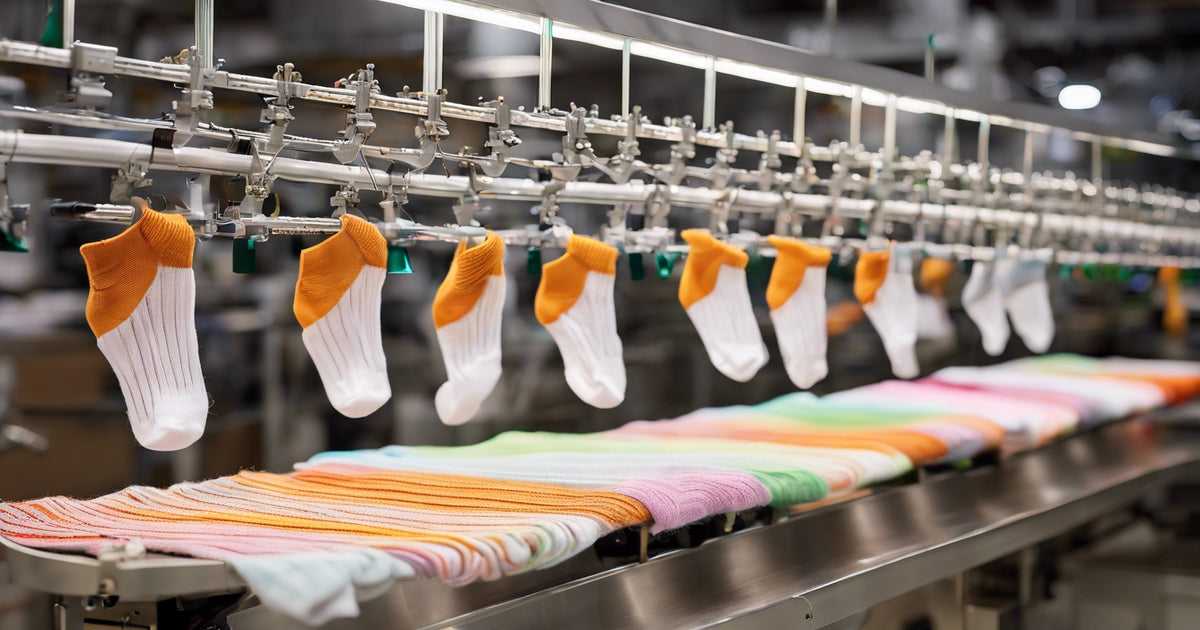



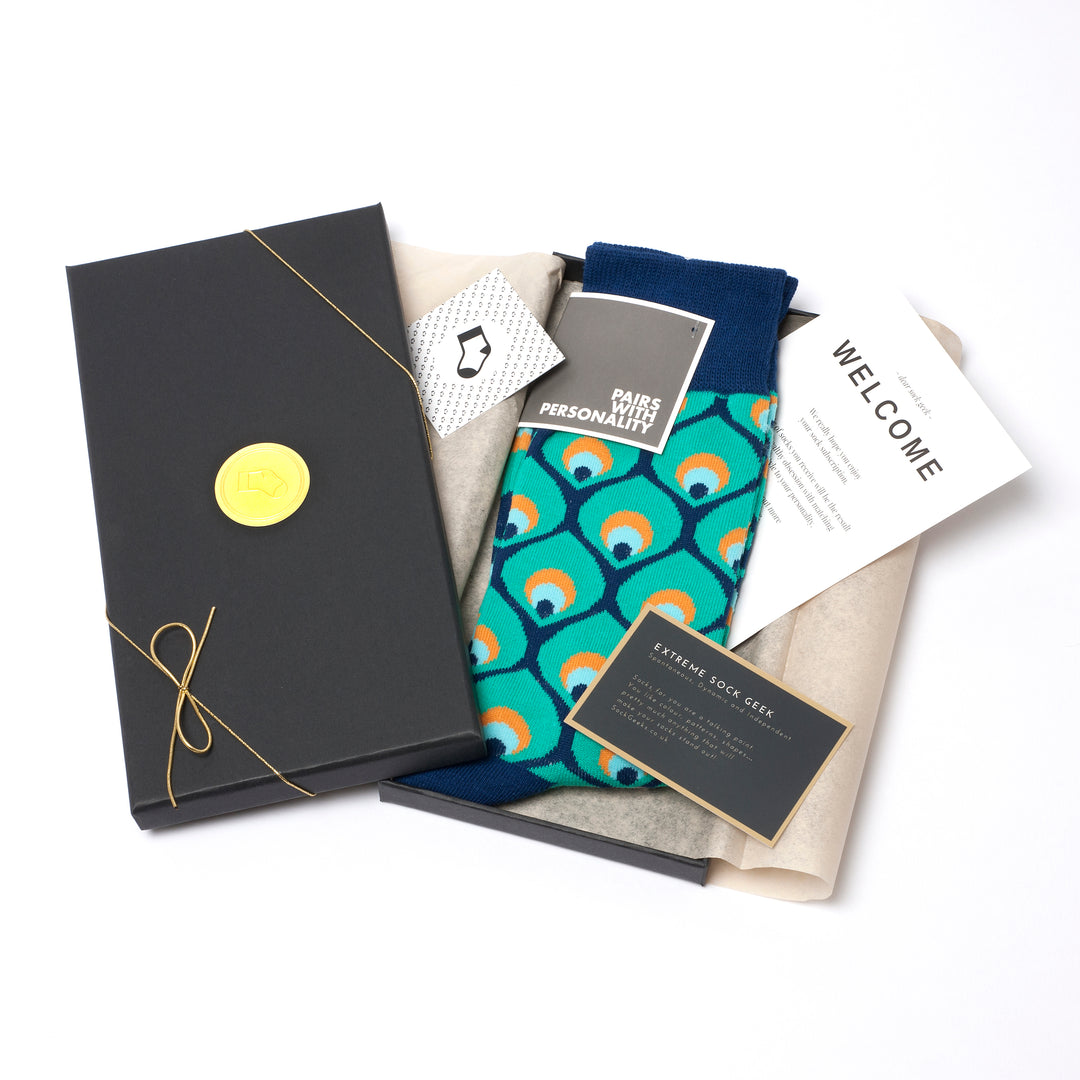
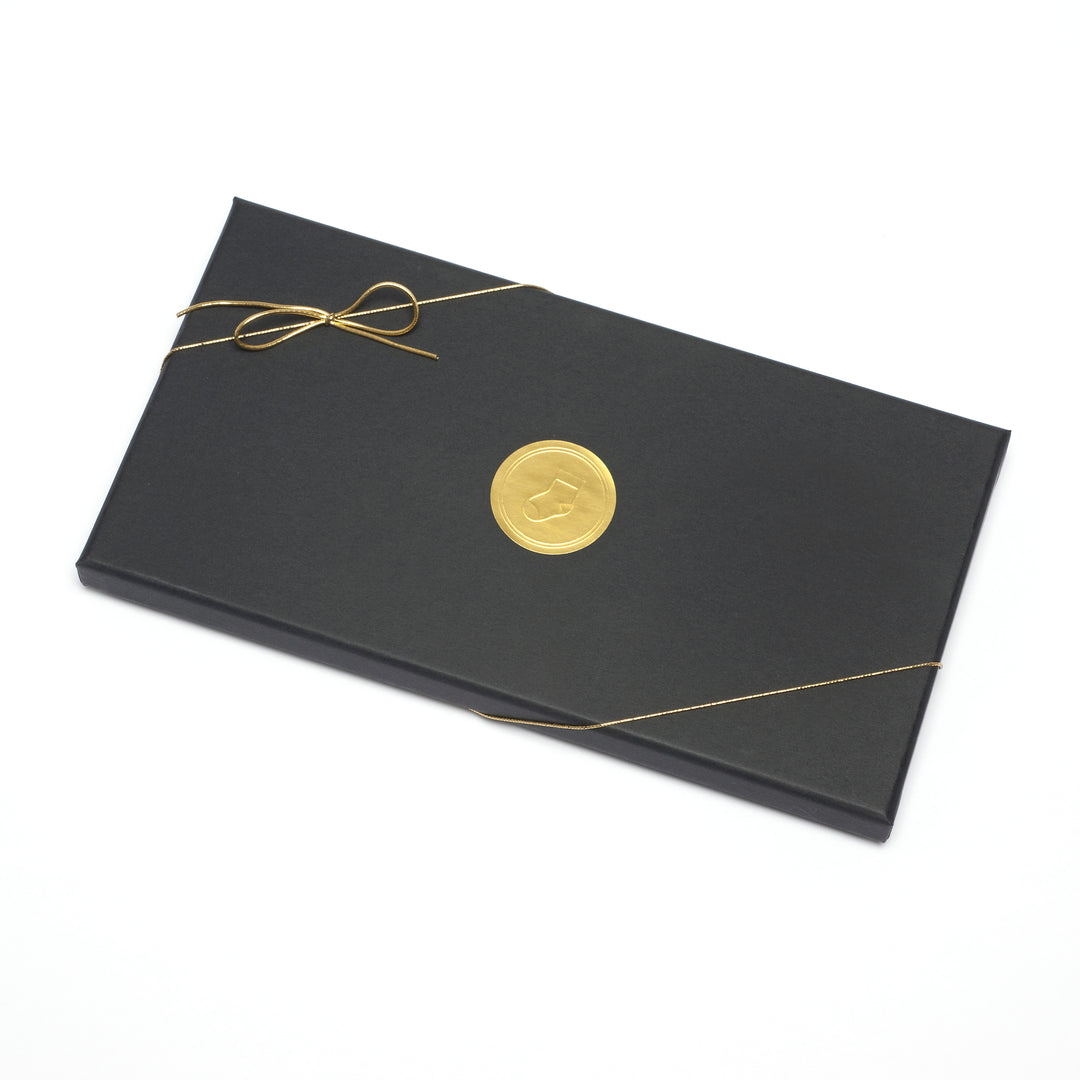
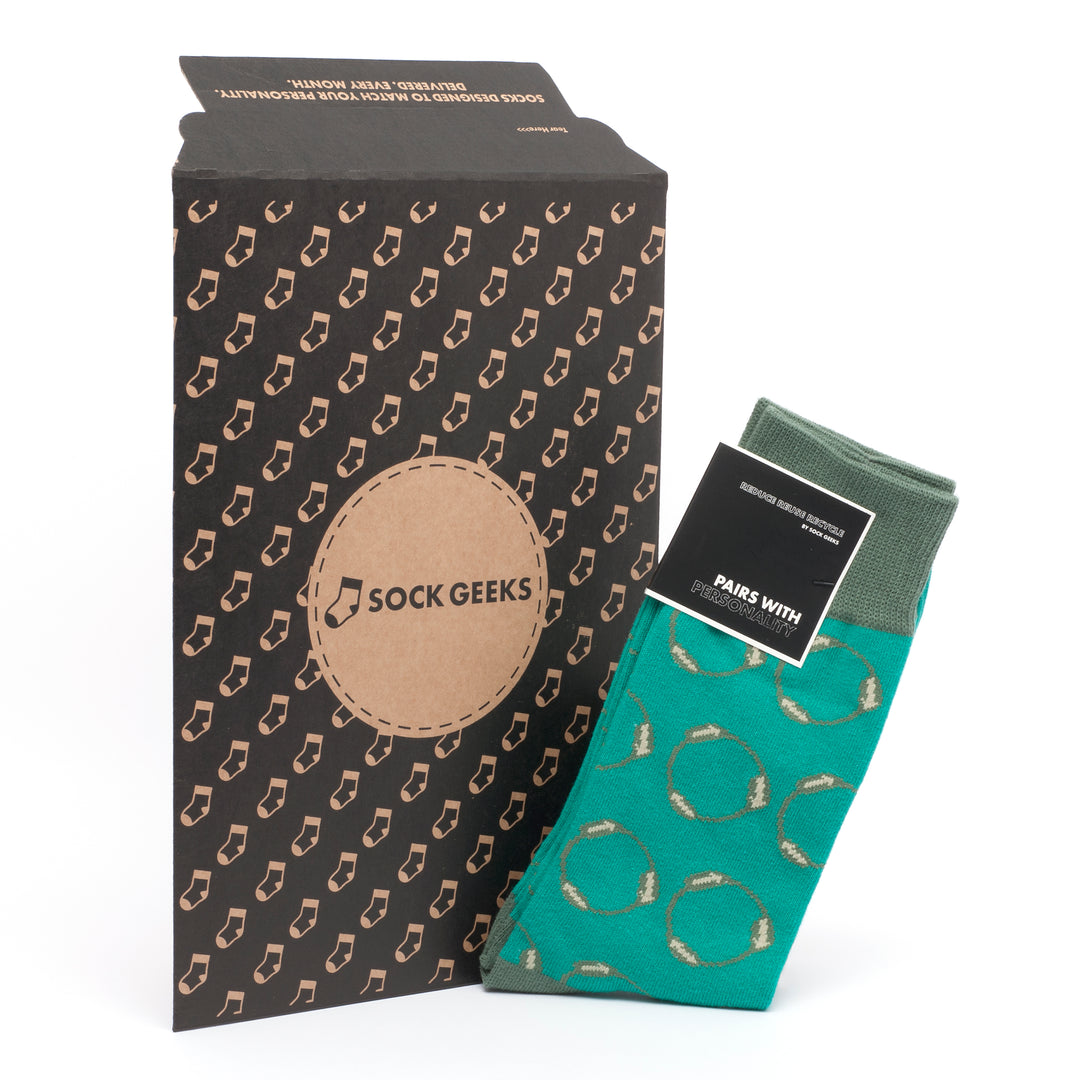
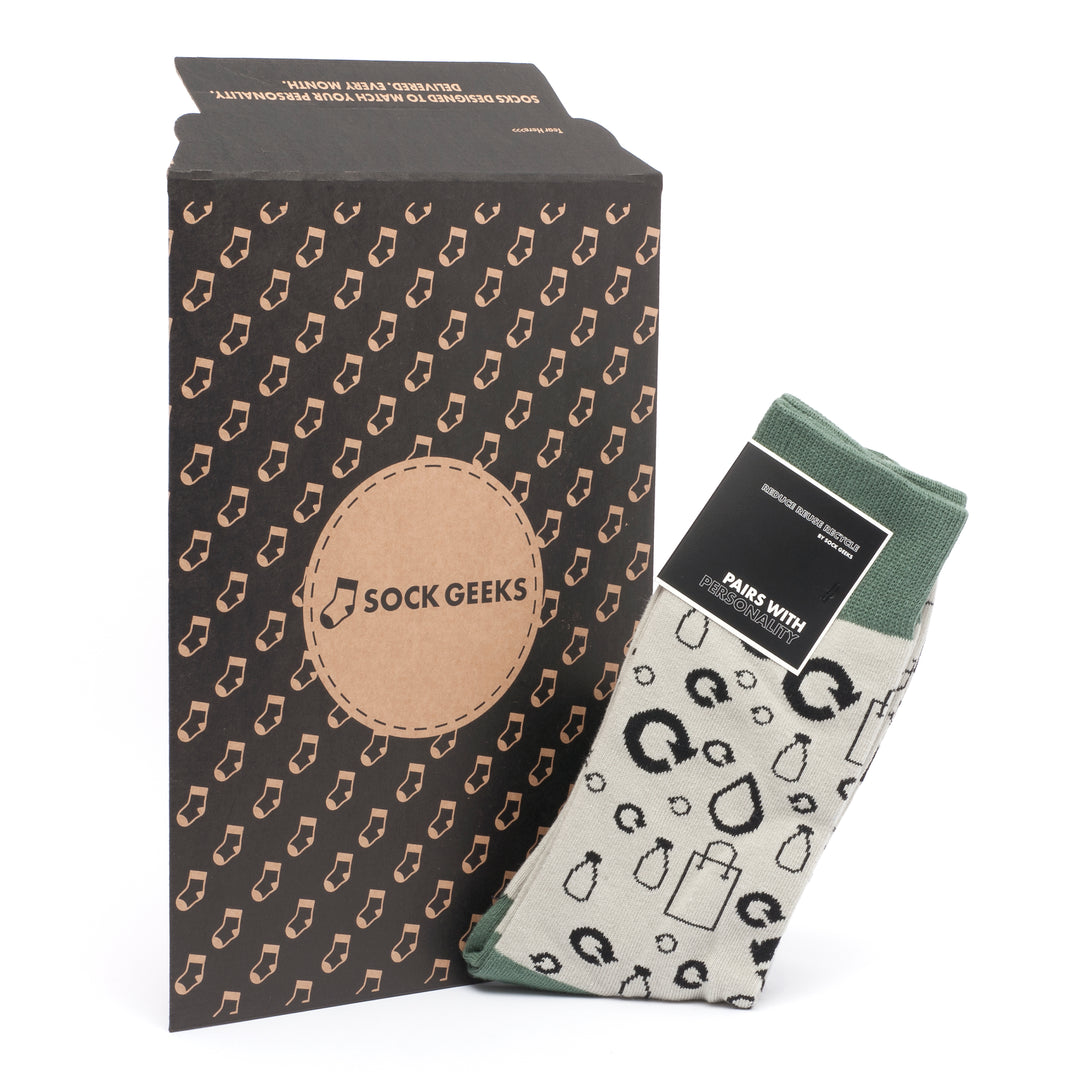



Leave a comment